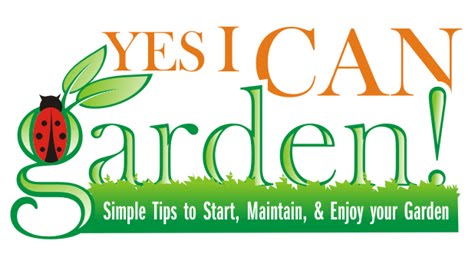
When you sit down to sketch out your plans for your garden, it is a good idea to switch from thinking only about what things will look like, to the functions and usage of the space you have to work with. It is easy to get far into planning the specifics, without having stepped back far enough to think of simple additions or structural changes you might need to carry out before you begin browsing seed catalogues and gathering materials and plants at your local nursery. Do you want a pathway so that you can access all of the flowerbeds, for example? Do you want a bench so that visitors to the garden might sit and relax for a while? Do you love running water, and if so would you consider a pond and fountain, or else a freestanding fountain, or even a birdbath? If you have hot summers, do you have the space (on the ground, between plants, as well as free space above) to plant trees or shrubbery that would provide shade?
A pole, with hoists for birdfeeders and containers for suet would be a good choice for gardeners who want to attract birds to their garden. Outdoor statues made of natural or manufactured materials are also natural additions to a garden, but may need a spot reserved specifically for them, depending on their form and size. Fencing is also important to consider at the very beginning: what kind of access will you have to your garden, and who will be regularly coming through the space, or visiting it occasionally? Water gardens are beautiful, but may pose a danger to young children, if there won’t be adult supervision in the area. If you have pets or a few curious creatures who sometimes visit—rabbits or deer, for example—then you may have to plan the edible part of your garden accordingly. Placing your compost heap in a good spot is also important—it is best if it is out of the way, though still accessible; and although most don’t actually smell as much or as offensively as you might think, it is probably best not to set one up right next to a neighbour’s favourite outdoor lounge chair right near the property line.
If you are like me, you may sometimes want to just dig right in, literally, and organize your garden as you go—extending a bed here, planting a few new things there. However, there is nothing as annoying as realizing that something is in totally the wrong spot. A little planning based on your intended—and ideal—use of the area will save you time and lots of hassle, eventually. No one really wants to dig up a flower bed to make room for a pool, or a deck—nor do they want to have to rip up a fence or other major structure and be stuck with the hassle of relocating it somewhere else. Finally, it is important to remember that many gardens are shared spaces, and that the use of the space may change over time.

No comments:
Post a Comment